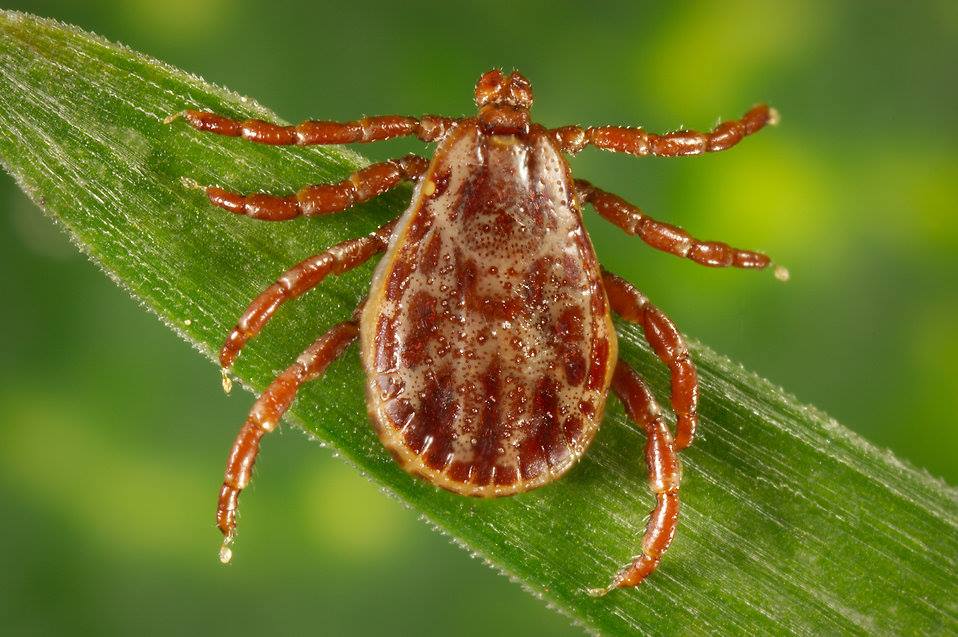Winterization Against Flea and Tick Entry

As temperatures drop, fleas and ticks adapt. For PMPs and homeowners alike, understanding how these pests survive through the winter is key to preventing infestations that carry over into spring. Below, our resident experts Mel Whitson and Dan Killingsworth address common questions about winter flea and tick behavior and how to keep properties protected year-round.
Q: As temperatures drop, how do fleas and ticks find shelter or continue to survive around homes and other properties?
When the weather cools, wildlife and pets often bring fleas and ticks closer to structures. Hunting season, yard cleanups, and outdoor recreation create opportunities for pests to hitch a ride indoors. Flea activity often peaks later in the season, especially as animals seek warmth.
Now is the time to focus on exclusion and sanitation: sealing door and window gaps, checking weather stripping, cleaning brush piles, and properly storing firewood off the ground. As spiders, earwigs, and other insects also seek shelter, thorough indoor and outdoor inspections can help identify pest entry points before they become active nesting sites.
Q: Are there particular environmental conditions PMPs should focus on inspecting or treating during winter?
Even in cold weather, microhabitats that retain warmth and moisture like dense vegetation, mulch beds, or cluttered storage areas remain attractive to fleas and ticks. Perimeter zones like shrub lines, under decks, or near foundation plantings are prime spots for overwintering pests. Storage areas, pool covers, and sheds also become harborage zones for stinging insects or rodents – which can carry fleas inside. Inspecting and treating these environments helps reduce pest activity before it migrates indoors.
Q: How effective are late fall outdoor treatments at reducing indoor flea and tick pressure through winter?
Late fall treatments are one of the most effective ways to limit pest pressure heading into colder months. When soil temperatures are still moderate and vegetation starts to decline, fleas and ticks begin seeking sheltered overwintering sites. Treating outdoor environments at this stage interrupts the life cycle and prevents re-emergence in spring.
For long-lasting protection, PMPs can turn to Precor® Outdoor F-T-M. This micro-encapsulated formulation combines the adulticidal power of tau-fluvalinate with the long-lasting control of (S)-methoprene, the pioneering insect growth regulator (IGR) technology trusted in Precor® products. It prevents the emergence of adult fleas for up to 8 weeks, effectively breaking the life cycle and reducing reinfestation risk.
Labeled for use in residential and commercial lawns, as well as cemeteries, parks, and turf or ornamental settings, Precor® Outdoor F-T-M also controls over 50 labeled outdoor pests. In addition to effective flea control, it offers protection from ticks, mosquitoes, Spotted Lanternflies, chinch bugs, and a host of other labeled T&O and nuisance pests.
Q: What common mistakes do PMPs or homeowners make when preparing for winter flea and tick prevention?
One of the most common oversights is assuming pest activity stops when outdoor temperatures fall. Fleas, ticks, and their animal hosts often move indoors or under sheltered structures.
Other frequent mistakes include ignoring pet resting areas and overlooking bird feeders, which can attract wildlife that carry parasites. Winter is also an ideal time to inspect pantries, seal stored food, and address clutter that provides cover for other overwintering insects.
Q: Are there products or treatment strategies that perform better in cold weather?
Sealing structures, maintaining airflow, and storing firewood properly reduces pest harborage. Indoors, monitor warm, moist areas such as basements or laundry rooms. For outdoor control, Precor® Outdoor F-T-M offers an excellent solution with its dual-action formulation, providing adult knockdown and long-term IGR protection. Applying it during late fall helps extend control through winter, minimizing the chance of flea reintroduction once temperatures rise.
Even when you can’t see them, fleas and ticks are finding ways to survive. Proactive exclusion, careful inspection, and strategic treatments with products like Precor® Outdoor F-T-M ensure your pest management plan stays effective all winter long, so you start spring with fewer pests and stronger control.
Explore our full line of solutions at Zoecon.com and follow us on social media for updates!
Facebook - Zoëcon Professional Products
X - @zoeconcentralls
LinkedIn - Zoëcon Professional Products





